Major Holidays and Celebrations in Japan
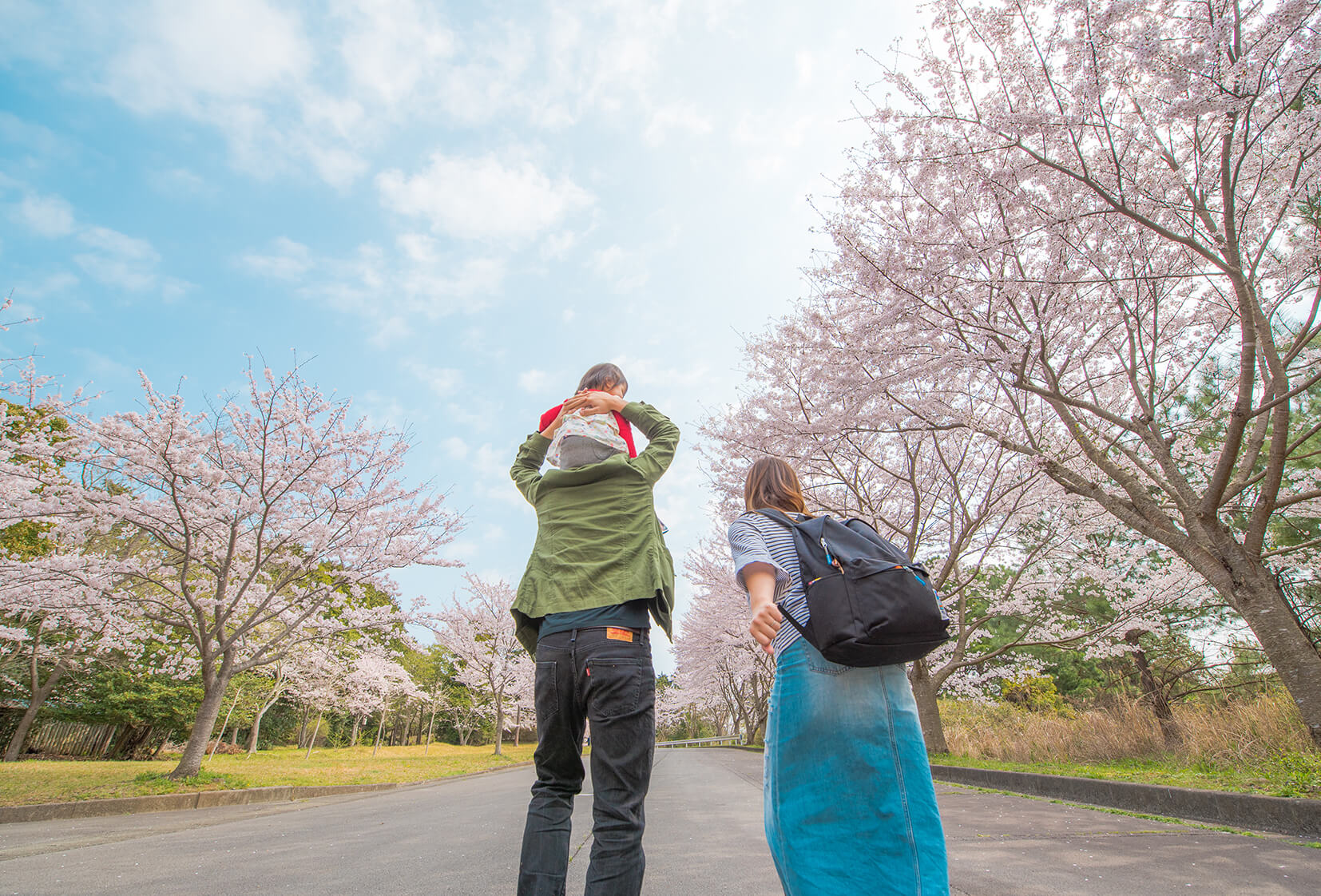
Holiday season in Japan could be bustling with millions of people, and there’s no better time to get to know the country’s customs and traditions. Aside from the hundreds of thousands of festivals sponsored by Japan’s local shrines and temples, the state also celebrates its people through well-established traditions. From January to December, Japan has a reason to celebrate! And you don’t want to miss out on a full Japan experience.
Table of contents
Celebrating Japan: Major Holidays and Celebrations in Japan

Holidays in Japan can be the best time to immerse yourself in the country’s culture. The Japanese government recognizes 16 annual national holidays and each of them gathers families and communities from every region to celebrate culture, history, and tradition. It’s important to know which holidays you would like to catch, as every holiday can give you a unique experience. Here are some of Japan’s major holidays and celebrations:
Shōgatsu – New Year’s Day

A party in Tokyo, a feast with families, or a visit to the imperial palace? Get off on the right foot and celebrate the New Year’s Day in Japan! Witness just how Japan makes New Year the biggest holiday in the country. New Year’s Day is celebrated worldwide, but it is quite different—and jam-packed—for Japan.
The Japanese call the celebration Shōgatsu(正月), but the New Year’s Day itself is Ganjitsu(元日). Gan(元)means “beginning,” and jitsu(日)means “day” or “sun.” The term is often confused with Gantan(元旦), which only refers to the morning of New Year’s Day. In Japan, the holiday starts during the Ōmisoka(大晦日)or New Year’s Eve. Families do the ōsōuji(大掃除), which is spring or major cleanup, so they can welcome the new year with a fresh mind.
There are many ways to celebrate the new year in Japan. One is participating in hatsumōde(初詣)or the first visit to a Shinto shrine. Traditionally, millions of people line up in Shinto shrines or Buddhist temples for prayers, fervently praying for a successful year ahead of them. This event runs from midnight of Ōmisoka to the first three days of the new year.
Seijin no Hi – Coming of Age Day

Just days after the Shōgatsu, Japan sets off on another national holiday. Seijin no Hi(成人の日)or the Coming of Age Day celebrates everyone who turned 20 the past year, marking their entry into adulthood. Held every second Monday of January, adults attend the Seijin Shiki(成人式)or the Coming of Age Ceremony with their families.
Seijin no Hi is the rite of passage of every 20-year-old in Japan as the country recognizes the age of 20 as the official start of adulthood. From this age, participants know of and take on their new societal responsibilities and their newfound freedom. Japan lowered the voting age to 18 in 2015, but driving and other activities remain illegal until the age of 20. Families also visit shrines to pray for their celebrants’ health and success.
This holiday can be traced back to the 700s, but it became official in 1946 when a municipality held an event for the younger generations after World War II. Female celebrants wear the furisode, which is the kimono specific for unmarried women. Nowadays, young men usually wear a Western-style suit, but some still celebrate in traditional Japanese kimono. All glammed up, they gather in their respective city offices for the ceremony and never-ending photoshoots!
Kenkoku Kinen no Hi – National Foundation Day

While other countries celebrate Independence Day, Japan has National Foundation Day. Held every February 11, Japan celebrates the Kenkoku Kinen no Hi(建国記念の日)or their foundation day, and the ascension of their first emperor, Emperor Jimmu. This holiday commemorates Japan’s history.
Kenkoku(建国)means “founding of a nation” and kinen(記念)means “commemoration.” Initially, Japan had held the holiday during the New Year of the Chinese lunisolar calendar. Once the country started using the Gregorian calendar during the Meiji Period, Kenkoku Kinen no Hi coincided with February 11. The ascension of Emperor Jimmu had a huge impact on Japan’s growth as a nation, which makes the holiday historical and patriotic. Although abolished after World War II, people re-established it in 1966.
People pay respects and participate in parades during the holiday. You may join the National Foundation Day parade in the early morning in Tokyo, with patriots waving flags and carrying portable shrines. Another option is a visit to the Kashihara Shrine in Nara Prefecture, which is believed to be where Emperor Jimmu ascended the Chrysanthemum Throne in 660 BC. The shrine welcomes everyone who is deeply interested in Japan’s history.
Golden Week
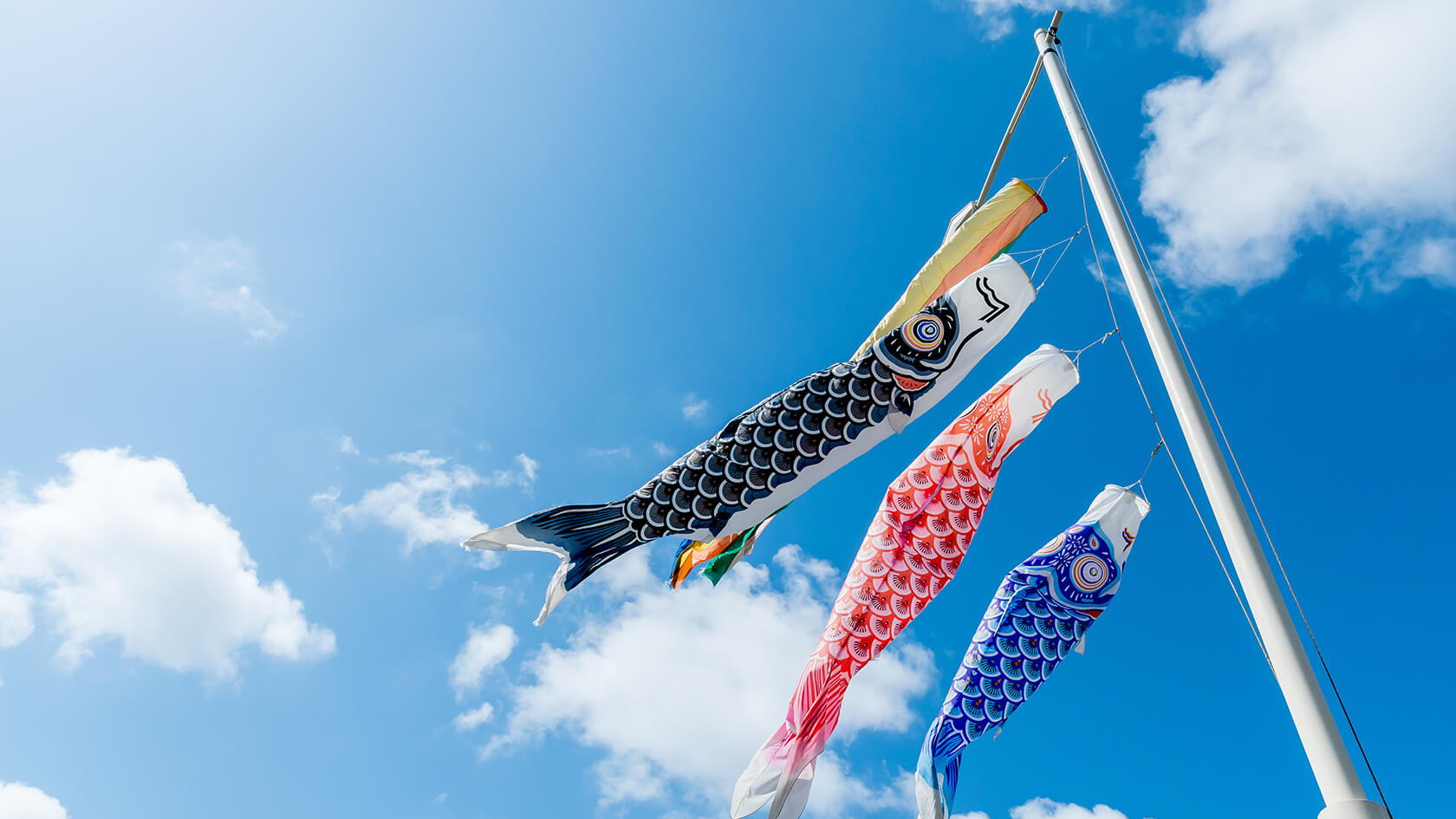
Holidays and festivals in Japan are busy, but nothing compares to the Golden Week. Officially, the holiday falls between April 29 to May 5 every year, which means everyone in Japan is off to a week-long break! The Golden Week celebrates 4 national holidays, namely the Shōwa no Hi(昭和の日)or Showa Day, Kenpō Kinenbi(憲法記念日)or Constitution Memorial Day, Midori no Hi(みどりの日)or Greenery Day, and Kodomo no Hi(こどもの日)or Children’s Day.
Shōwa no Hi is the annual celebration of Emperor Hirohito’s birthday. “Shōwa” can be translated as “enlightened peace,” which means the holiday encourages the people to reflect on what the country went through during the Emperor’s time. People then celebrate the Kenpō Kinenbi on May 3, which commemorates the start of Japan’s democracy in 1947.
Emperor Hirohito was known for his fondness of nature, so Japan began celebrating Midori no Hi on his birthday in 1989. On May 4 every year since 2007, Japan takes time to appreciate nature. And the next day, the nation celebrates children during Kodomo no Hi. Japan used to have this holiday as Boys Day, while they celebrate Girls Day on March 3. The two holidays were eventually combined to celebrate all children in 1948.
With Japan’s population of about 128 million, the Golden Week becomes the most eventful time in the country. Families, employees and employers, and students bustle, making the most of the week-long holiday! You may enjoy outdoor festivals in nearly every city, from the viewing wisteria or azalea flowers to historical parades.
Bunka no Hi – Culture Day

For anyone who desires a deeper understanding of Japan’s culture while having fun, traveling to Japan during the Bunka no Hi(文化の日)is probably the best option. Observed every November 3, Culture Day is for honoring the Japanese culture and promoting the love of freedom and peace. This holiday is dedicated to the arts in Japan.
The core of the holiday revolves around “freedom,” “peace,” and “culture,” which were derived from the Japanese constitution adopted after World War II. Created on November 3, 1946 and first celebrated in 1948, Bunka no Hi commemorates the declaration of sovereignty, peace, and pacifism in Japan. It was birthed by the country’s commitment to cultural prosperity. Additionally, November 3 is the birthday of Emperor Meiji.
During Bunka no Hi, numerous art exhibitions, parades, and ceremonies are held all over Japan. A notable event would be the Hakone Daimyō Gyōretsu(箱根大名行列)or the Feudal Lord’s Parade. Witnessing this would take you back to Japan during the Edo period! The Award Ceremony for the Order of Culture is also held in the Imperial Palace in Tokyo. Since 1937, people who have contributed significantly to the progress of Japanese culture and culture, in general, are honored.
Tennō Tanjōbi – The Emperor’s Birthday

The Imperial Palace of Japan only opens to the public twice a year: during the Emperor’s New Year greetings and the Emperor’s birthday. Located in Tokyo, the Imperial Palace grounds are packed with Japanese and foreign tourists alike on these occasions. And while not all countries set their leaders’ birthdays as holidays, Japan takes their Emperors’ birthdays as one of the most important days in a year.
Tennō Tanjōbi(天皇誕生日)is a public holiday that depends on the incumbent Emperor of Japan. From 1989 up to 2019, the holiday falls on December 23, according to Emperor Akihito’s birthday. This holiday involves public celebratory ceremonies at the Imperial Palace, and everyone is welcome. For Japan, it is one of the best days to show patriotism. People would wait for the Imperial family to appear on the balcony, waving their hinomaru(日の丸)or the Japanese flag. People also cheer “Banzai”(万歳), which can be translated as “10,000 years [of life].”
The Emperor’s birthday has been a movable public holiday in Japan since 1948. Since the Emperor and the Imperial family are considered as symbols of state and Japan’s unity, the country sees the importance of celebrating the life of the Emperor. The holiday is also a celebration of the Chrysanthemum Throne or the “Imperial Throne.” In the present time, Emperor Naruhito has already ascended to the throne, which means the Tennō Tanjōbi will be celebrated on February 23, starting in 2020.
Conclusion
Japan is a celebratory nation. With all the holidays playing a vital role in the Japanese community, the rich history of Japan is relived annually and carefully passed on from generation to generation. The country’s holidays instill the prevailing traditions to everyone, preserving the richness of Japanese culture.
Make your visit to Japan worthwhile! Set your vacation during a Japanese holiday and get a glimpse of the country’s patriotism, respect, unity, and high spirits. Although holidays are usually the busiest times, when everyone can’t wait to take a break from work and school, seeing Japan in a festive mood is incomparable. Keep track of the major holidays and festivals in Japan and have the best time in the land of the rising sun!
Motto Japan, the community platform to support foreigners with the foundation for life in Japan, including Japanese study, job opportunities, and housing service. Motto Japan Media will provide a wide variety of information for Japanese fans all over the world, to create a cross-cultural environment and enrich the life of foreign residents in Japan!



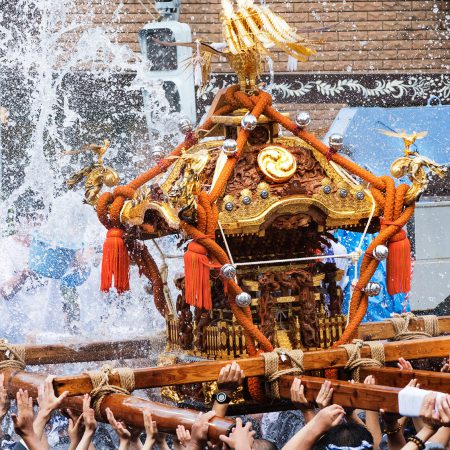

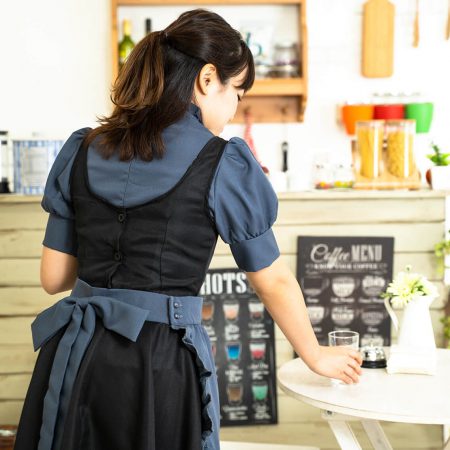


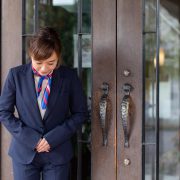

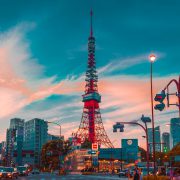


Leave a Reply